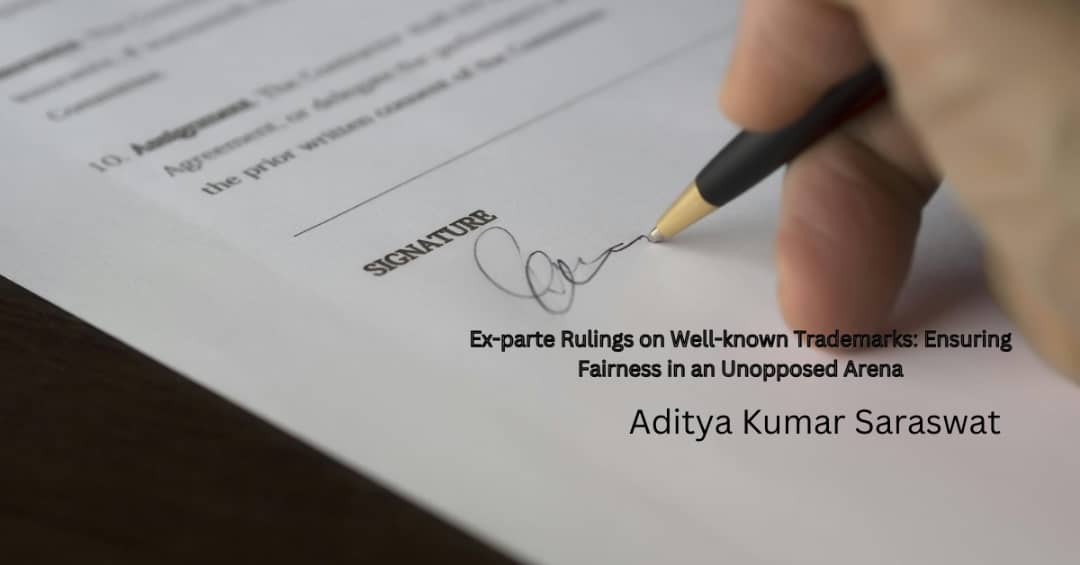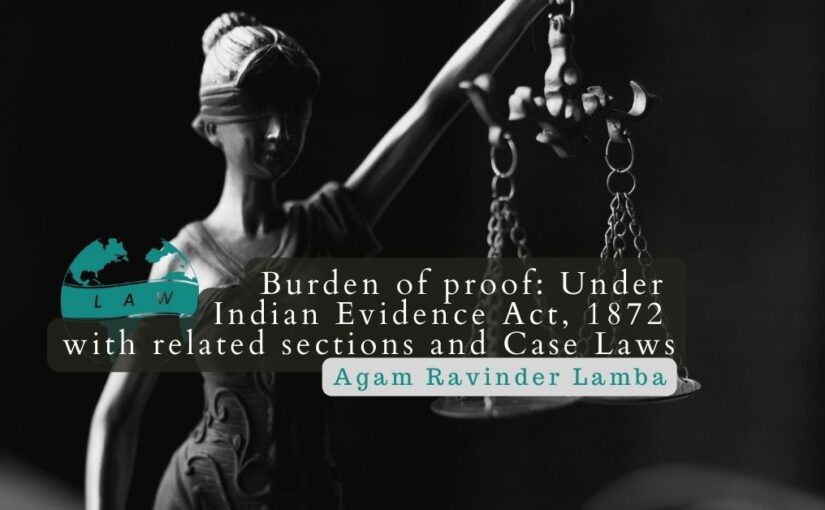Category: Indian Articles
-

A Study Of Current Legal Framework On Cyber Law “Cyber security is no longer just an IT issue, but the responsibility of every individual to ensure trust in this digital world.” – Stephane Nappo Cyber law includes the rules and regulations about computer technology the internet and digital communications. It deals with many things like…
-

Ex-parte Rulings on Well-known Trademarks: Ensuring Fairness in an Unopposed Arena A trademark serves as the identity of goods and their source, while also representing an assurance of quality. A well-known trademark is defined under Section 2(zg) of the Trade Marks Act, 1999, as a mark that, due to its substantial recognition among the public…
-

Cyber Law in India: Safeguarding Digital Rights and Security in the Modern Era In a technology wherein virtual transformation is reshaping each aspect of Indian society, from how we behavior business to how we have interaction with government services, the significance of cyber regulation has in no way been more critical. As India rapidly emerges…
-

POSH Law in India This Article Talks about how the POSH Law came into existence in India. Let’s Read to find out the history behind the ‘Sexual Harassment of Women at Workplace (Prevention, Prohibition and Redressal) Act’ that was passed in the year 2013. Later in the article we will also discuss about the current…
-

Issues Faced by First Generation Lawyers Is it really challenging for first generation individuals to establish a successful career?Analysis Becoming a successful lawyer in India is particularly challenging for first-generation lawyers. Building a career in law is tough for any lawyer, whether they come from a legal background or not. Those born into legal families…
-

History and Development of the Indian Digital Personal Data Protection Act, 2023 The Digital Personal Data Protection Act, 2023 or the DPDPA is an act to provide for the processing of digital personal data of individuals in such a manner that it recognises both the rights of the individuals to protect their data and to…
-

An overview of the key developments in the IP and Data Privacy/Data Protection space in India – since January 2023 The Digital Personal Data Protection Act, 2023 (DPDPA 2023) is seen as a major turning point in the field of digital rights. It was passed by both the Lower House (the Lok Sabha) and the…
-
![Insolvency And Bankruptcy Board Of India [IBBI] – Gourav Pasayat](https://www.lawglobalhub.com/wp-content/uploads/2023/10/Insolvency-and-Bankruptcy-Board-825x510.jpg)
Insolvency And Bankruptcy Board Of India [IBBI] Insolvency and bankruptcy code was established on 2016. IBC was introduced to resolve financial problems of company, organizations and individuals. IBC have four pillars and through these pillars the corporate insolvency resolution process (CIRP) executed. These pillars are – INSOLVENCY PROFESSIONALS (IP), INFORMATION UTILITIS (IU), ADJUDICATING AUTHORITY (AA)…
-

Burden of proof: Under Indian Evidence Act, 1872 with related sections and Case Laws The burden of proof is a legal test that decides whether a legal claim is legitimate or invalid based on the evidence presented. The burden of proof is often placed on one side in a claim, and in many circumstances, the…
-

Child Labour: Exploring the Causes, Solutions with various Child labour laws and Case laws The term “child labour” has been defined as work that deprives children of their youth, potential, and dignity, and is destructive to their physical and mental development. [1] The International Labour Organization (ILO) established the World Day against Child Labor in…
